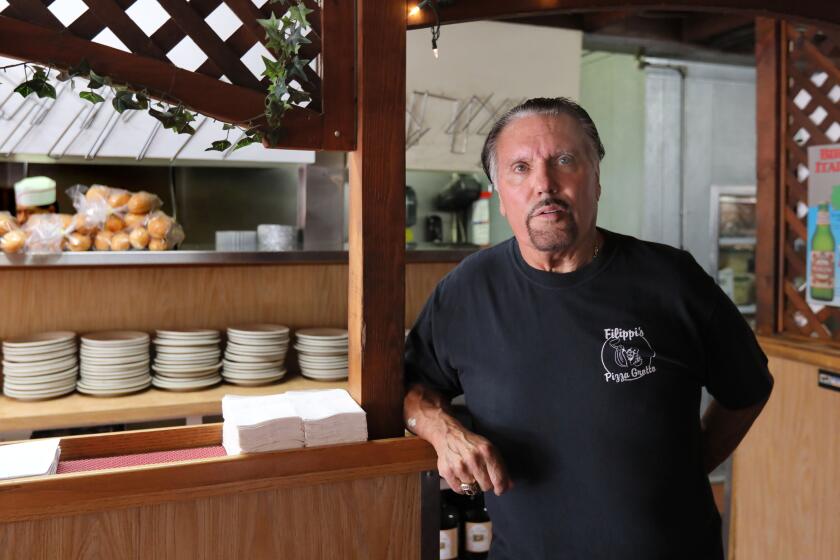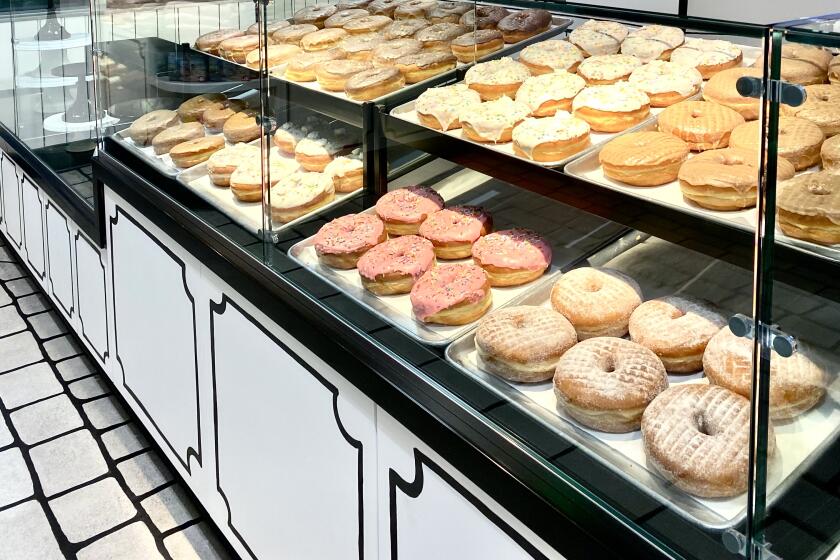Competitor buys Bumble Bee for $1.5B
The last of San Diego’s iconic seafood companies, Bumble Bee Foods, has been sold to the Thailand owner of its competitor for $1.51 billion.
Thai Union Frozen Products, based in Bangkok, expects to close the deal in the second half of 2015. It is subject to U.S. antitrust approval, according to the statement from Bumble Bee.
Thai Union, which owns Bumble Bee’s competitor Chicken of the Sea, also based here, has agreed to buy all of the San Diego-based company’s shares from private equity firm Lion Capital LLP, Bumble Bee said in a statement Thursday. The acquisition would create the world’s largest branded seafood company.
Lion had bought Bumble Bee, which has 1,300 employees at various locations, from the private-equity firm Centre Partners for $980 million in 2010. Its corporate headquarters with 130 employees relocated just this year to the former Showley Bros. Candy Factory, adjacent to Petco Park, after an extensive renovation.
Part of the reason for relocating, CEO Chris Lischewski told U-T San Diego at the time, was to elevate the company’s presence locally.
“Chicken of the Sea is also here,” he said, making San Diego home to two of the three biggest tuna companies in North America. “When we talk to people they have very little view of that.”
Lischewski could not be reached to comment on the corporate acquisition and its impact on both Bumble Bee and Chicken of the Sea.
About 50 years ago, tuna was San Diego’s third-largest industry, behind the Navy and aerospace. It employed some 40,000 San Diegans in catching, canning and marketing the product. Bumble Bee was one of several major tuna canning companies based here, and the city’s downtown waterfront was once home to four canneries and scores of fishing boats.
Today, all that’s left of San Diego’s tuna times is Tuna Harbor, a marina at the foot of G Street, where the American Tunaboat Association headquarters are located and a bronze sculpture stands in tribute to the city’s tuna men.
Bumble Bee and other seafood companies are trying to attract consumers with new easy-to-use products.
“Protein is hot,” Kenneth Shea, an analyst with Bloomberg Intelligence, said in October when Lion Capital was taking bids for Bumble Bee. “The scarcity of good brands could put Bumble Bee in demand.”
Bumble Bee dates back to 1899, when seven canners formed the Columbia River Packers Association in Astoria, Ore. Bumble Bee became a label of the company in 1910. In 1966 Bumble Bee Seafoods Inc. formed, and in 1977 it expanded into San Diego. Its annual sales exceed $950 million.
During the Depression, tuna became a popular substitute for meat and during World War II, many tuna boats were requisitioned for service. But after the war the industry ran into stiff competition with Latin American and Asian fishermen. Environmentalists lobbied to tighten rules on fishing nets that ensared dolphins and porpoises and American fishermen faced fines for fishing off Mexican waters.
San Diego’s fishing fleet peaked at 160 vessels and then migrated to American Samoa in the western Pacific, fortunately out of reach of dolphins. Inevitably, San Diego’s canneries went into decline and the last one, Van Camp Seafood, closed in 1984; 12,000 jobs were lost.
By then San Diego’s waterfront was transforming into a hotel and tourist district and the Embarcadero was turned over to cruise ships and strollers.
Of course, San Diego retains many sport fishing businesses and a fresh fish food market has reopened where tunaboats once docked near Seaport Village.
But the days of tuna seiners and bayside canneries are a closed chapter of San Diego history.
Get U-T Business in your inbox on Mondays
Get ready for your week with the week’s top business stories from San Diego and California, in your inbox Monday mornings.
You may occasionally receive promotional content from the San Diego Union-Tribune.












